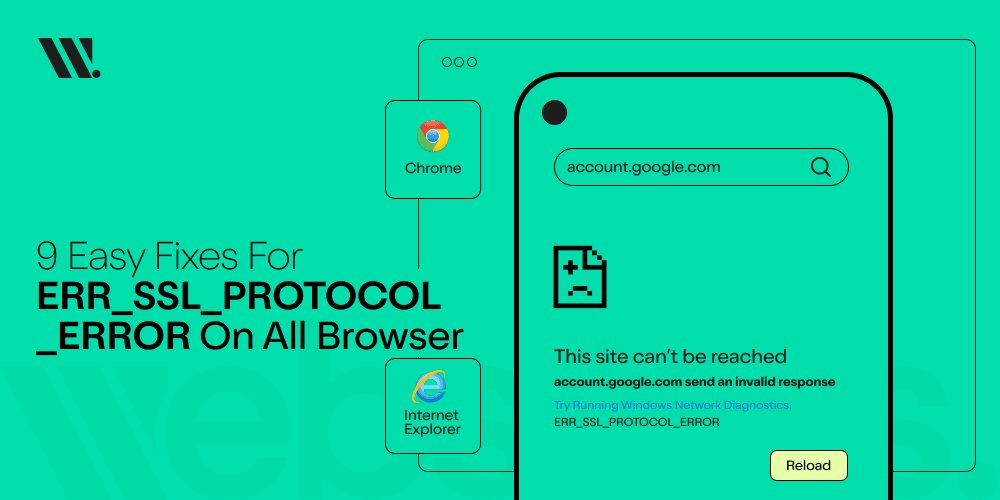The process of trying to reach secure websites through the SSL protocol frequently results in annoying errors.
One of the most common SSL-related issues is the ERR_SSL_PROTOCOL_ERROR. Following the nine practical solutions presented in this guide works for resolving ERR_SSL_PROTOCOL_ERROR on Chrome as well as Android systems, and localhost platforms.
This article explores both the factors that generate SSL protocol errors, together with resolve methods specific to various browsers and systems.
What Is the ERR_SSL_PROTOCOL_ERROR?
The net::err_ssl_protocol_error happens when the browser fails to create a secure connection with a website. The encrypted communication process between browsers and web servers is established using the Secure Sockets Layer protocol, known as SSL. The browser blocks connections because it detects SSL protocol or certificate discrepancies to protect your data.
When errors occur during secure connection attempts, the following messages tend to appear.
- “This site can't provide a secure connection”
- “localhost sent an invalid response ERR_SSL_PROTOCOL_ERROR”
- Or simply, “SSL Protocol Error.”
This error is commonly found in Chrome, but users also report the err_ssl_protocol_error on Android, Firefox, and other platforms.
Common Causes of SSL Error
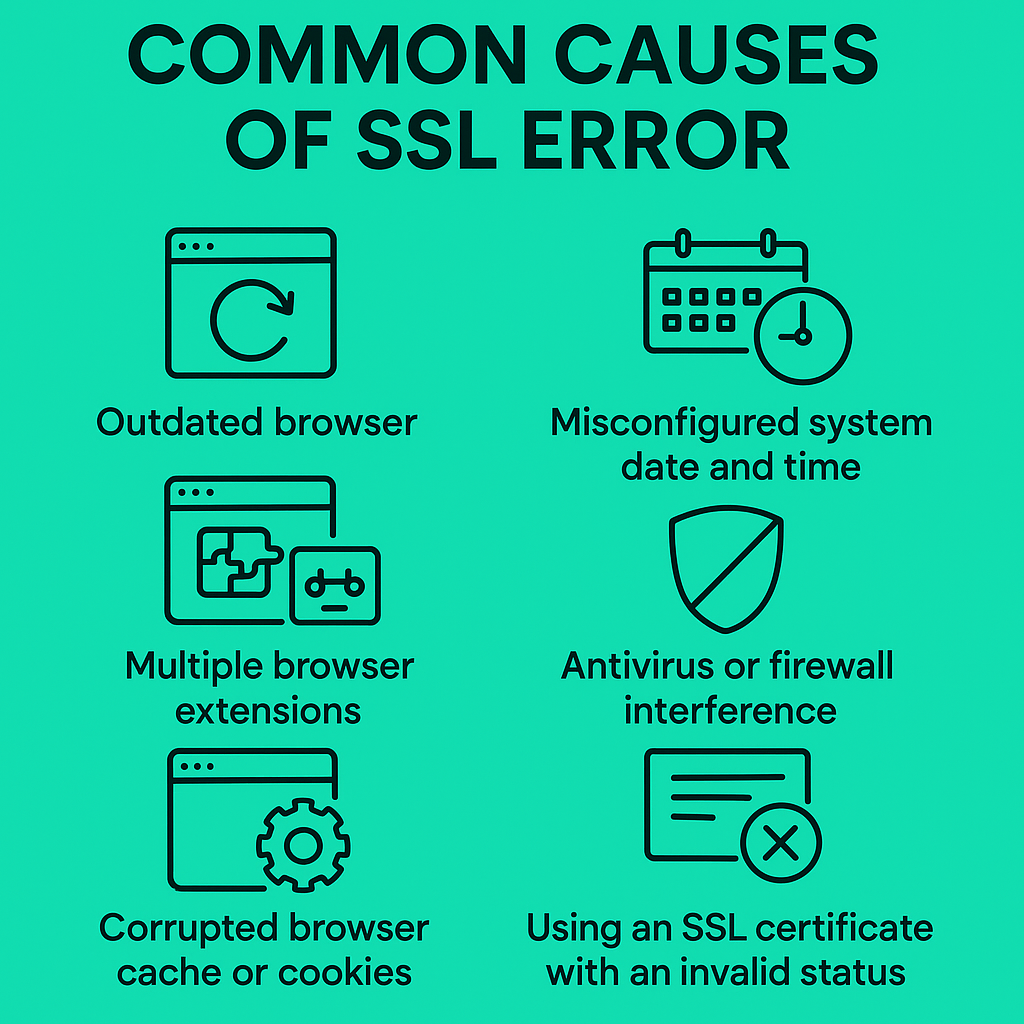
These are the possible root causes for this error along with their explanations.
- Outdated browser
- Misconfigured system date and time
- Multiple browser extensions
- Antivirus or firewall interference
- Corrupted browser cache or cookies
- Using an SSL certificate with an invalid status
How to Fix SSL Protocol Error
1. Examine the Current Date and Time of Your System
One of the most frequently observed causes that leads to SSL certificate errors is an incorrect system clock. Each SSL certificate comes with a designated validity duration. Your device’s time, which differs from the certificate time, may cause you to experience the err ssl protocol error.
How to Fix:
On Windows or Mac, go to system settings > Date & Time.
The system should automatically synchronise time with servers located on the Internet.
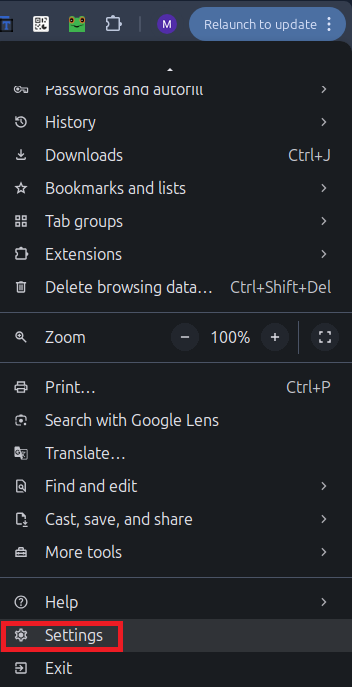
2. Clear Browser Cache and Cookies
Corrupted or outdated cookies and cached data can cause connection issues and trigger the err_ssl_protocol_error Chrome.
How to Fix in Chrome:
- Go to Settings > Privacy and Security > Delete browsing data
- Select “Cookies and other site data” and “Cached images and files”
- Click Clear Data
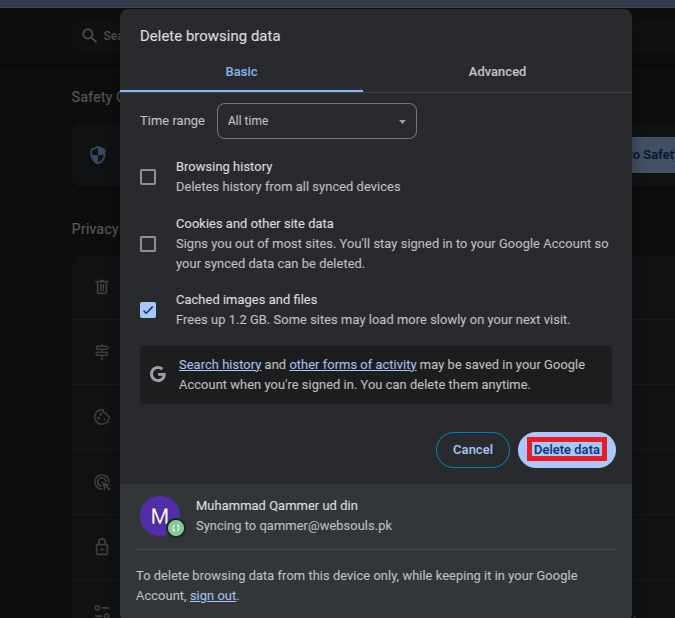
3. Disable Chrome QUIC Protocol
The SSL connections between Chrome users sometimes experience conflicts with the QUIC protocol running on Chrome.
How to Fix:
- Type chrome://flags in your Chrome address bar.
- Search for “Experimental QUIC protocol.”
- Set it to Disabled.
- Relaunch Chrome.
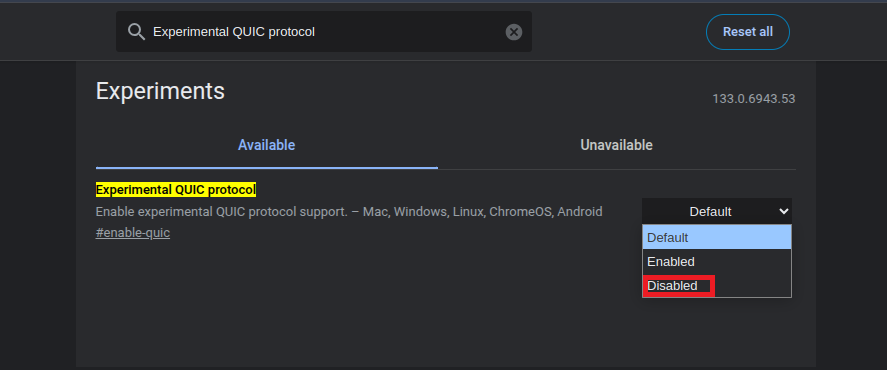
4. Disable Browser Extensions
Security extensions along with proxy-related extensions normally create disturbances in the functioning of SSL protocols.
How to Fix:
- In Chrome, go to chrome://extensions/
- Disable all extensions.
- Reload the page.
- Enable extensions one by one to identify the one responsible if the error persists after clearing.
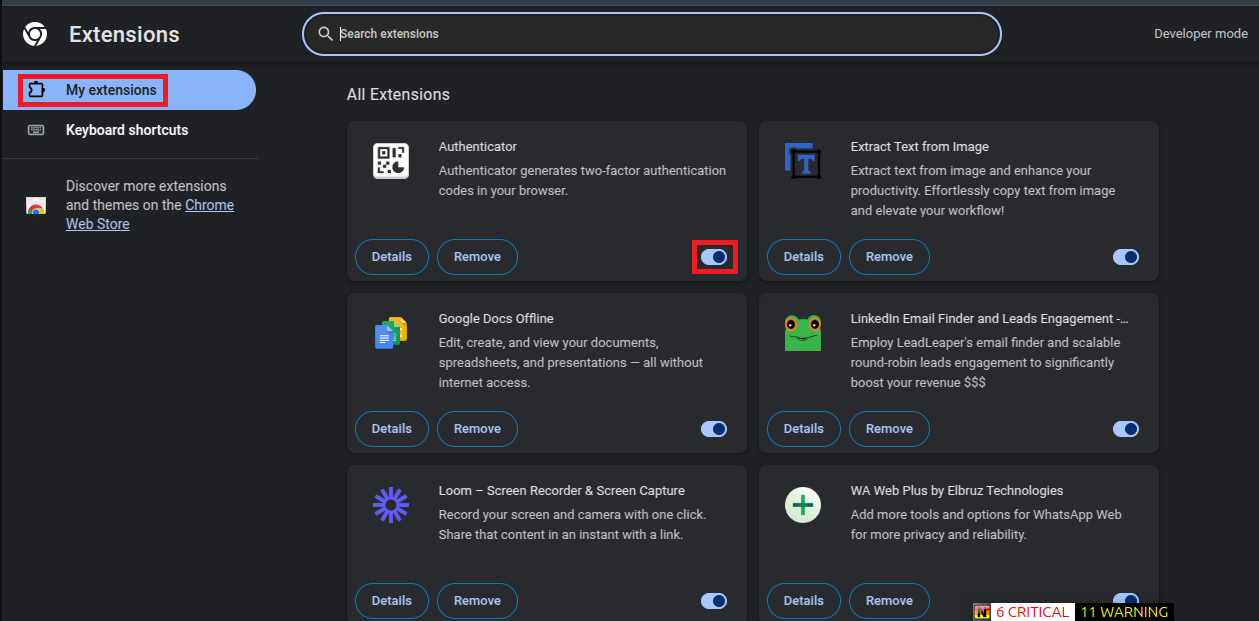
5. Update Your Browser
The older the browser is, the less likely it is to support updated SSL/TLS protocols.
How to Fix:
Open Chrome > Help > About Google Chrome
Chrome performs automatic checking for updates, which leads to their installation.
This fix also helps with the err_ssl_protocol_error on Android by updating the mobile version of Chrome via the Play Store.
6. Delete The SSL State Data
Your system retains SSL certificates inside its caching system. The error occurs because outdated and corrupted SSL State entries on your system produce problems.
Click Clear SSL State cache and restart your browser.
7. Disable Antivirus or Firewall Temporarily
The inspection process that some antivirus programs perform on SSL certificates frequently causes them to block secure connections, which ultimately leads to the appearance of an SSL error.
How to Fix:
- Temporarily disable your antivirus/firewall.
- Reload the problematic page.
After functional testing of the antivirus settings to allow SSL scanning, consider permanently adjusting them for optimal protection. However, do not keep your antivirus disabled since you need to consult your provider about appropriate SSL configuration options.
8. Use Incognito Browser or an Alternate Browser
The following test determines if a browser or system causes the issue.
- The URL should be accessed through Incognito Mode or by opening it on another browser.
- Your browser settings, along with your cache, might be the reason why the URL does not load properly.
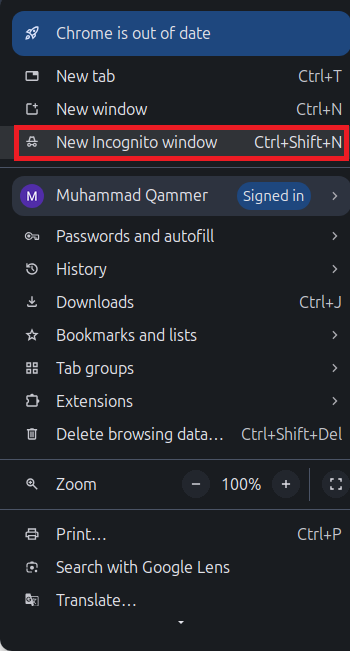
9. Check Localhost or Developer Setup
If you see: localhost sent an invalid response err_ssl_protocol_error, you might be dealing with local development configuration issues.
How to Fix:
- Confidentiality issues with your localhost server require you to verify its HTTPS functionality.
- Verify SSL certificates and server settings
- Local certificate generation should be performed with mkcert because it produces valid certificates for your needs.
ERR_SSL_PROTOCOL_ERROR on Windows vs. Mac
Here’s a quick comparison of troubleshooting steps for Windows and Mac users:
| Issue | Windows Steps | Mac Steps |
|---|---|---|
| Adjust Date & Time | Settings > Time & Language > Set Automatically | System Settings > Date & Time > Set Automatically |
| Clear SSL State | Internet Options > Content > Clear SSL State | Use Terminal or Keychain Access to clear certificate trust |
| Clear Chrome Cache | Chrome Settings > Privacy > Clear Browsing Data | Same as Windows |
| Disable QUIC Protocol | chrome://flags > Disable Experimental QUIC Protocol | Same as Windows |
| Disable Extensions | chrome://extensions/ > Disable all | Same as Windows |
| Update Browser | Chrome > Help > About Google Chrome | Same as Windows |
Final Thoughts
The ERR_SSL_PROTOCOL_ERROR might look intimidating, but it’s usually easy to resolve with the right steps. This list of nine solutions works to help solve issues with the Chrome browser, Android phone, and localhost setup problems.
Regularly update your browser software while maintaining correct system time settings, together with security tools set according to proper configuration standards. However, if you need any help or suggestions related to web hosting, feel free to contact Websouls.
FAQs
What is an SSL Error?
A secure connection between browsers and servers will generate an SSL error when problems occur during establishment. The Error occurs mostly because SSL certificates, security settings, or protocols face problems or do not match correctly.
Why is Chrome Giving ERR_SSL_PROTOCOL_ERROR?
Chrome shows the ERR_SSL_PROTOCOL_ERROR when it can’t create a secure connection due to:
- Invalid SSL certificates
- Incorrect date/time settings
- Network/firewall interference
- Browser misconfigurations
How to Fix the ERR_SSL_PROTOCOL_ERROR?
Try the following:
- Correct system date/time
- Clear browser cache
- Disable extensions
- Turn off antivirus SSL scanning
- Update browser
How Do I Unblock SSL Error in Chrome?
To unblock SSL errors:
- Go to Chrome Settings
- Temporarily turn off “Secure DNS”
- Disable QUIC protocol
Make use of either the Incognito mode or choose an alternative browser as your browsing platform. Plus, viewing SSL warnings on suspicious sites must always be avoided.
What is ERR_SSL_PROTOCOL_ERROR on Firestick?
Users experience this error while browsing HTTPS sites on their Firestick through browsers and third-party applications because of various factors.
- Incorrect date/time on device
- Outdated apps
- Network restrictions or VPN issues
How Do I Disable ERR_SSL_PROTOCOL_ERROR in Chrome?
The error serves as your security protection, so you should not disable it. There exists an unsafe method to bypass this error that you can implement.
Clicking “Advanced” > “Proceed to site” (only if you’re sure it’s safe)
It is dangerous to turn off Chrome security features, although you can try bypassing them.

